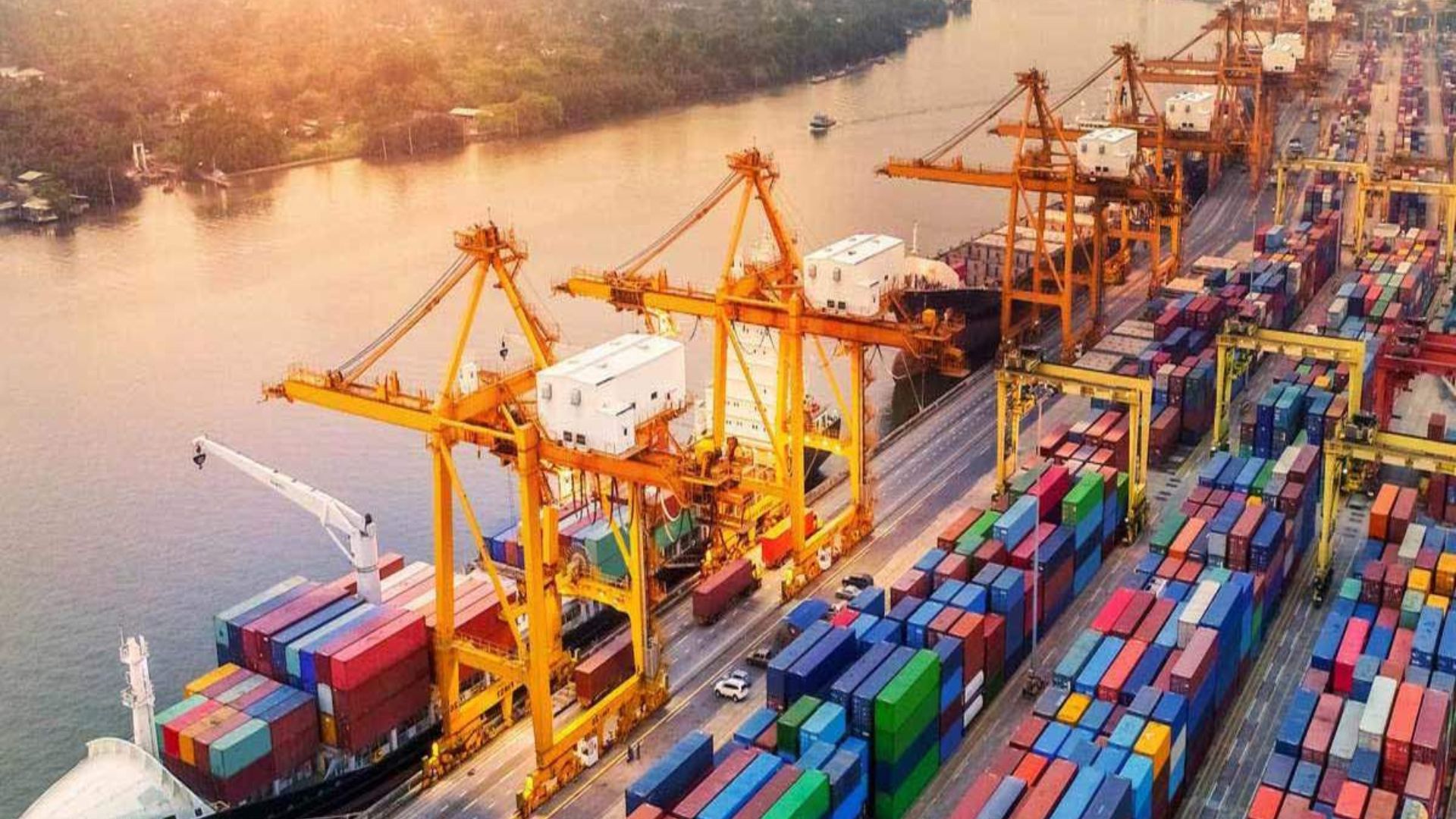The extension of the remission of duties and taxes on exported products (RODTEP) scheme to include exports from special economic zones (SEZs) and export-oriented units (EOUs) coming amidst global economic uncertainties and supply chain disruptions, will help uncovered sectors such as advance authorisation (which allows duty-free imports of inputs for export production) EOU, and SEZ to weather international headwinds. The incentives is in recognition of the significant contribution these sectors make to India’s exports and will also support additional export sectors constituting approximately 25 per cent of India’s exports.
The RoDTEP scheme aimed at refunding various embedded taxes and duties on exported products, has since inception in January 2021, already provided support amounting to ₹42,000 crore to more than 10,500 export items at 8-digit ITC HS Code level. In the current financial year, the scheme has a budget of ₹15,070 Crore with an additional increase of 10 per cent in FY 2024-25. Keeping budgetary allocation in view, the extension of RODTEP to additional sectors is presently till 30 September, 2024.
The extension of the RODTEP scheme to these sectors is aimed at enhancing India’s export competitiveness in international markets. Key sectors such as engineering, textiles, chemicals, pharmaceuticals & food processing and many others stand to benefit from the measure.
By providing support to crucial export sectors, the government aims to not only enhance their competitiveness but also create employment opportunities and contribute to overall economic growth, aligning with the vision of building an Aatmanirbhar Bharat.
The government is confident that the proactive measures being taken, including efforts to negotiate new FTAs, will further accelerate India’s journey towards achieving USD One trillion merchandise export levels. On the flip side, a GTRI report advises caution as the decision may constitute a disproportionately high bonanza for high import intensive exports from SEZs and it overlooks exports from other categories that are in a similar situation as SEZs.
The primary goal of RODTEP is to refund taxes and duties that are not rebated under any other scheme and this includes various central, state, and local duties/taxes/levies that are incurred in the process of manufacturing and distribution of exported products but are not refunded through schemes like GST or duty drawback scheme.
It, however, does not include all exports. Exports which are currently excluded from RODTEP benefits are products exported from SEZs, EOUs, electronic hardware technology parks, biotechnology parks and customs bonded warehouses. Exports under re-exported imported goods, exports subjected to minimum export price or export duty, restricted export or import products, supplies from domestic tariff areas to SEZ/free trade and warehousing zones.
According to GTRI, there is need for deliberation on RODTEP leading to overcompensation for import intensive exports from SEZs, for large-scale exports from SEZs, such as electronics, petroleum products, and jewellery, which have high import content, RODTEP could represent a significant incentive.
A lot of big exports from SEZs, like electronics (including smartphones), petroleum products, diamonds, and gold jewellery, add less than 10 per cent of their value in India. This means over 90 per cent of what makes up these products comes from imports, which don’t have to pay duties. If these exports get a 3 per cent incentive from the RODTEP scheme, it means they earn an extra $30 for every $100 they make. If we add other incentives like PLI, the figure will be very high, GTRI research suggests. The report calls for considering RODTEP for categories similar to SEZs.
If products exported from SEZs and EOUs qualify for benefits, then exports from EHTP, biotechnology parks, manufacture and other operations in warehouse regulations” (MOOWR) scheme and customs bonded warehouses should also qualify. These are similar programmes, but right now, they don’t get RODTEP benefits.
Although sending goods from the domestic market to SEZs is treated as exporting, these transactions don’t qualify for RODTEP benefits. However, they are strong candidates to be included in the RODTEP scheme. A significant concern is the limited budget for RODTEP, which could mean reduced rates for all if more exports are included, especially since these rates are already lower compared to the previously available merchandise exports from India scheme (MEIS) rates.

